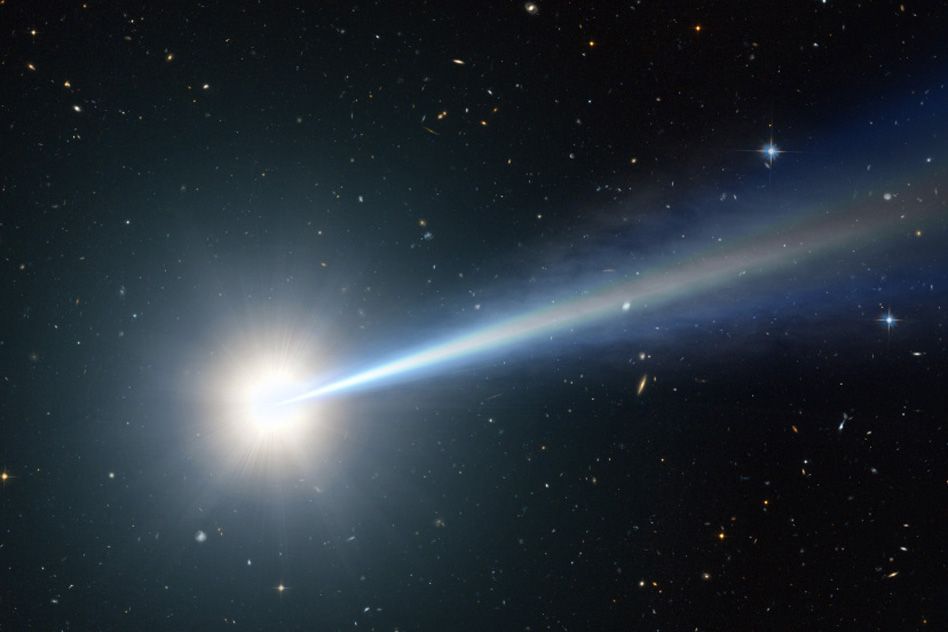Last year, physicists at MIT, the University of Vienna, and elsewhere provided strong support for quantum entanglement, the seemingly far-out idea that two particles, no matter how distant from each other in space and time, can be inextricably linked, in a way that defies the rules of classical physics.
Take, for instance, two particles sitting on opposite edges of the universe. If they are truly entangled, then according to the theory of quantum mechanics their physical properties should be related in such a way that any measurement made on one particle should instantly convey information about any future measurement outcome of the other particle—correlations that Einstein skeptically saw as “spooky action at a distance.”
In the 1960s, the physicist John Bell calculated a theoretical limit beyond which such correlations must have a quantum, rather than a classical, explanation.
